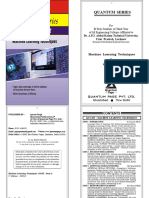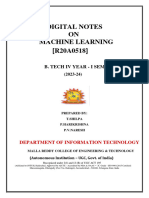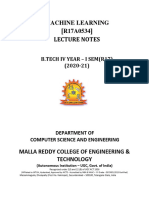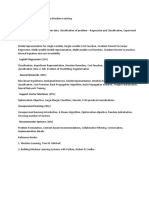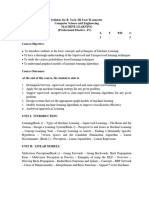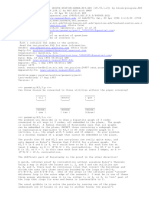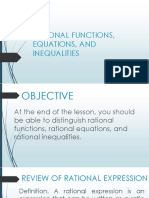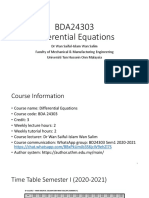0% found this document useful (0 votes)
194 views3 pagesMachine Learning Syllabus
The document outlines a Machine Learning Techniques course for second-year students, focusing on both theoretical and practical aspects of machine learning, including supervised and unsupervised learning, probabilistic graphical models, and advanced learning methods. It includes course objectives, unit topics, and references for further reading. By the end of the course, students are expected to understand machine learning challenges, implement algorithms, and apply clustering techniques in real-world scenarios.
Uploaded by
KUMAR VIJAYCopyright
© © All Rights Reserved
We take content rights seriously. If you suspect this is your content, claim it here.
Available Formats
Download as DOCX, PDF, TXT or read online on Scribd
0% found this document useful (0 votes)
194 views3 pagesMachine Learning Syllabus
The document outlines a Machine Learning Techniques course for second-year students, focusing on both theoretical and practical aspects of machine learning, including supervised and unsupervised learning, probabilistic graphical models, and advanced learning methods. It includes course objectives, unit topics, and references for further reading. By the end of the course, students are expected to understand machine learning challenges, implement algorithms, and apply clustering techniques in real-world scenarios.
Uploaded by
KUMAR VIJAYCopyright
© © All Rights Reserved
We take content rights seriously. If you suspect this is your content, claim it here.
Available Formats
Download as DOCX, PDF, TXT or read online on Scribd
/ 3



















